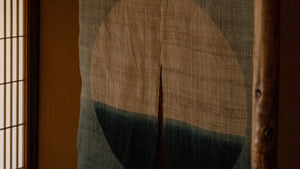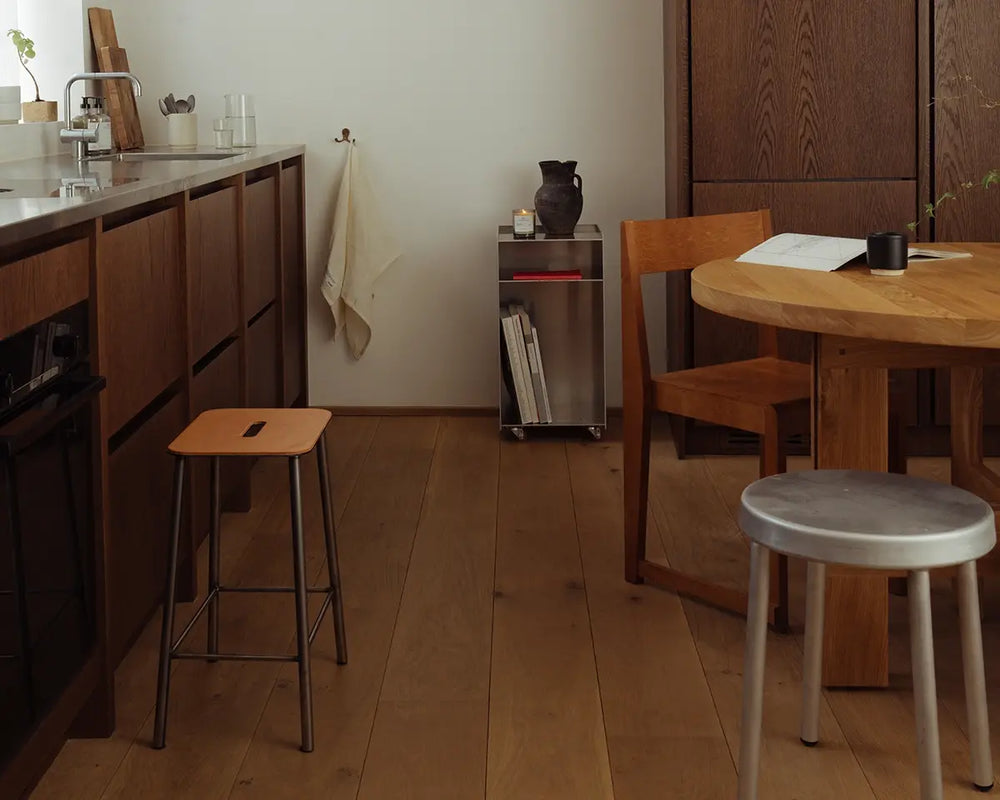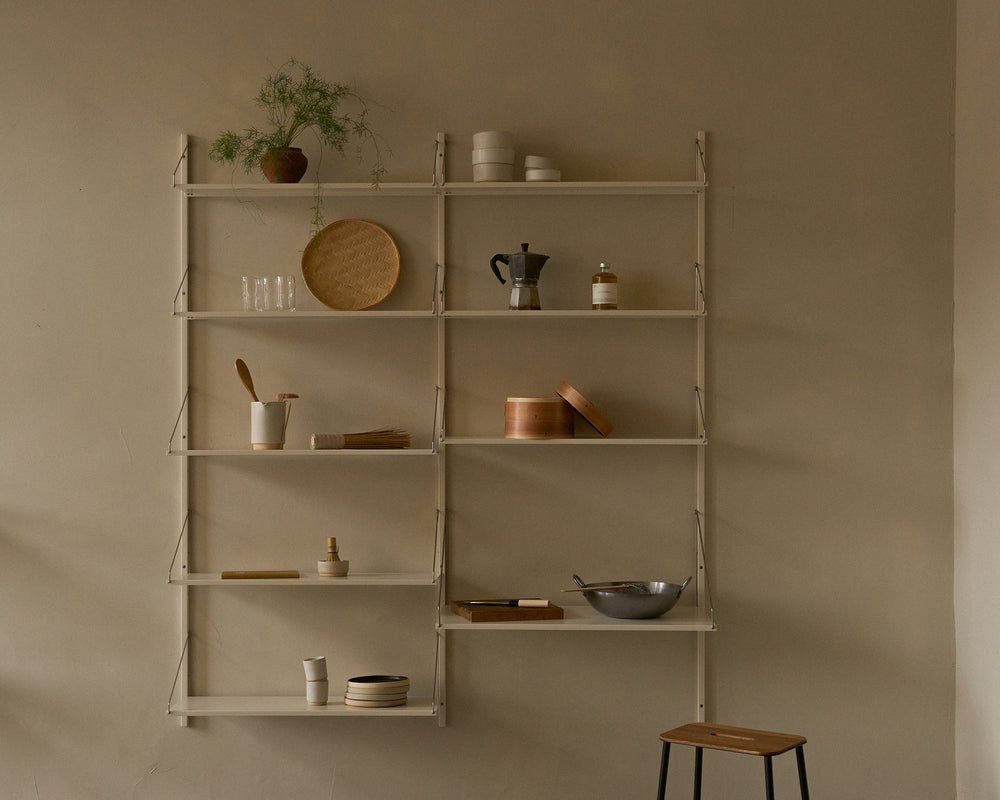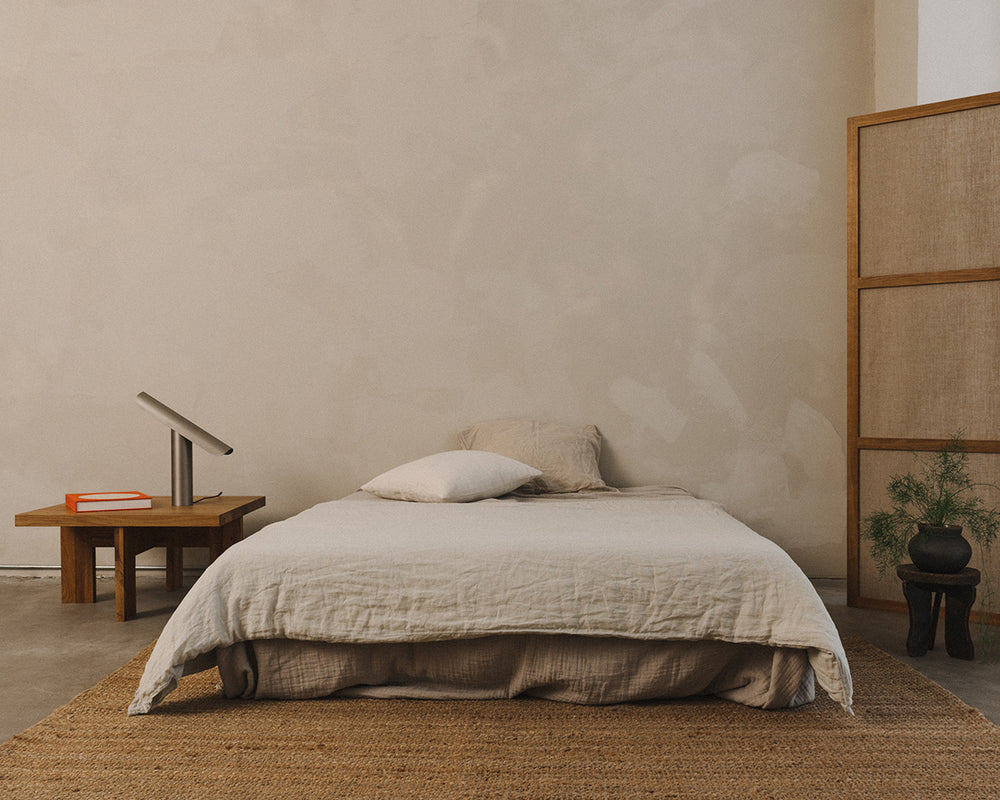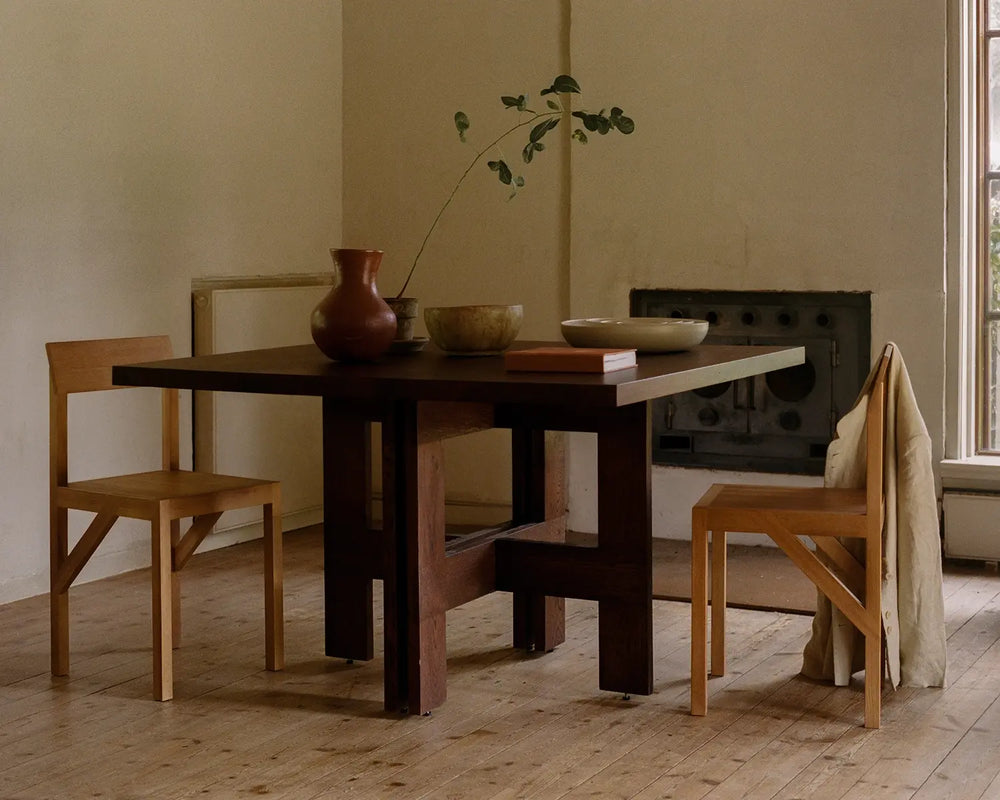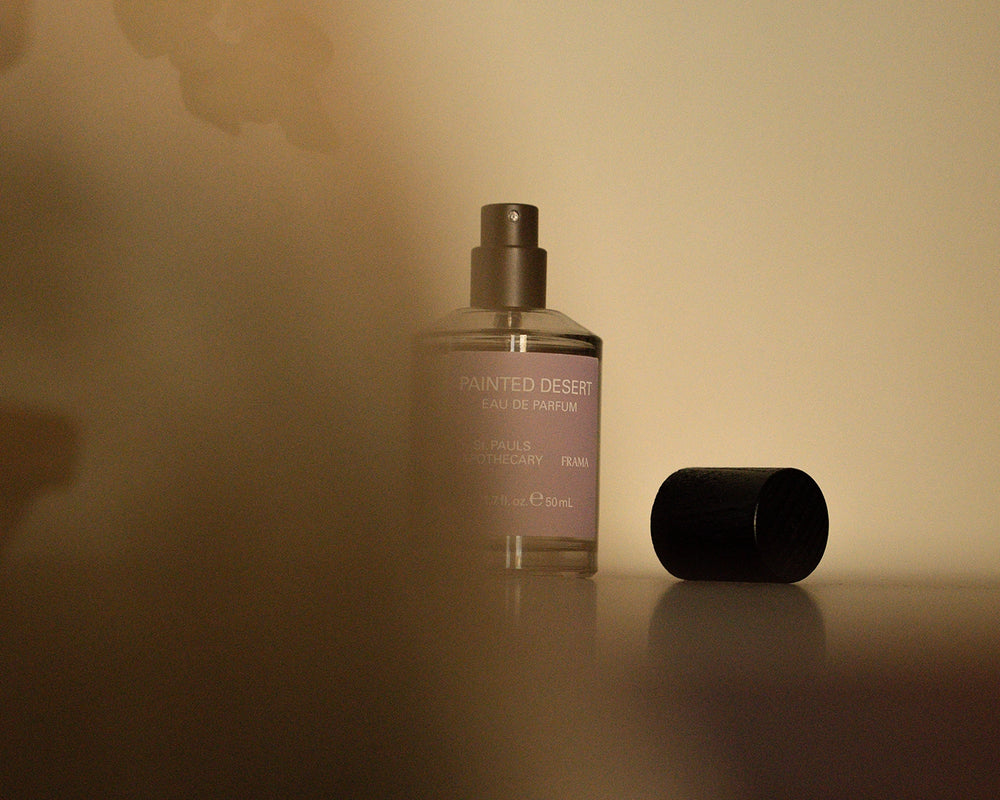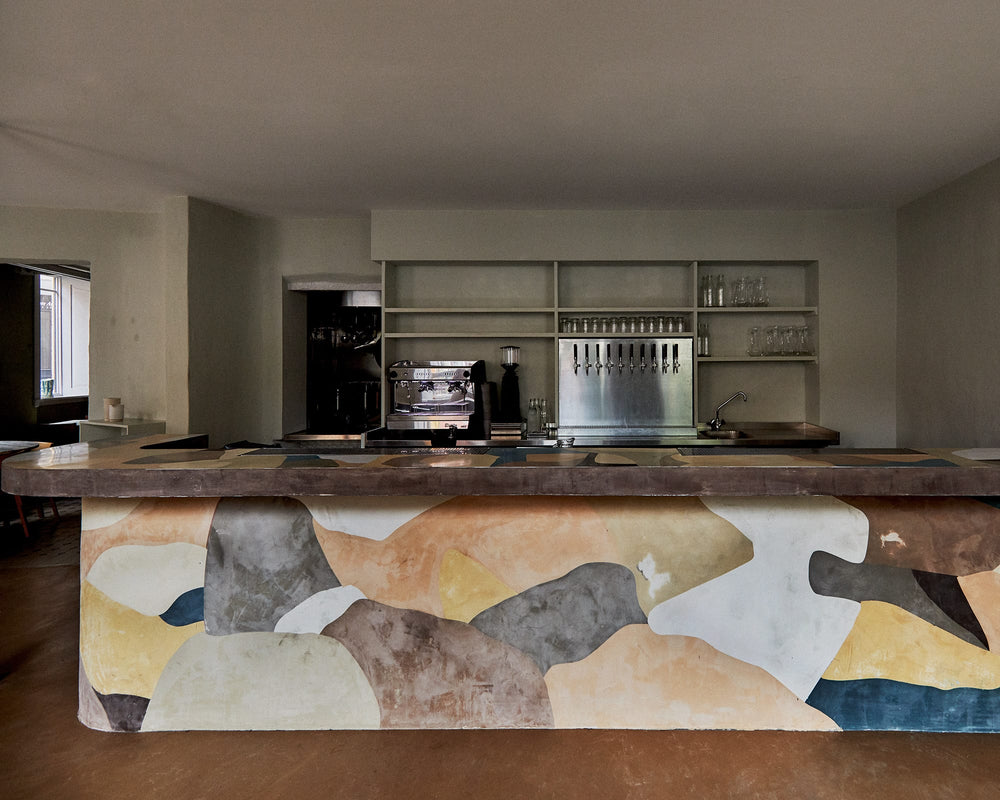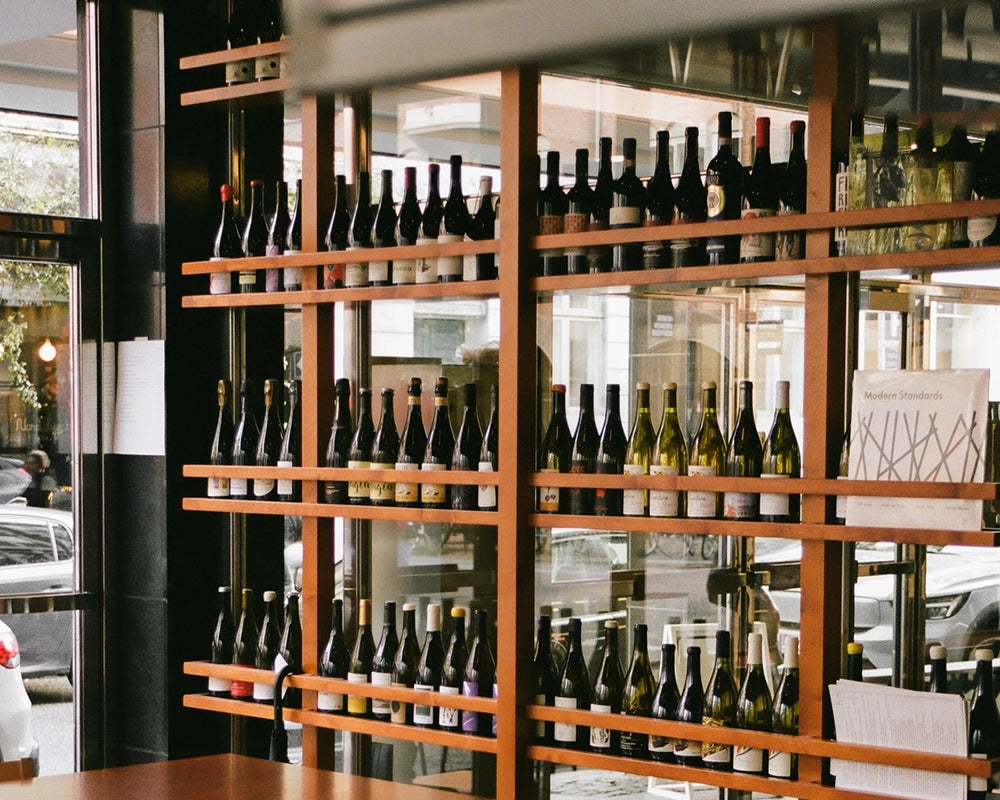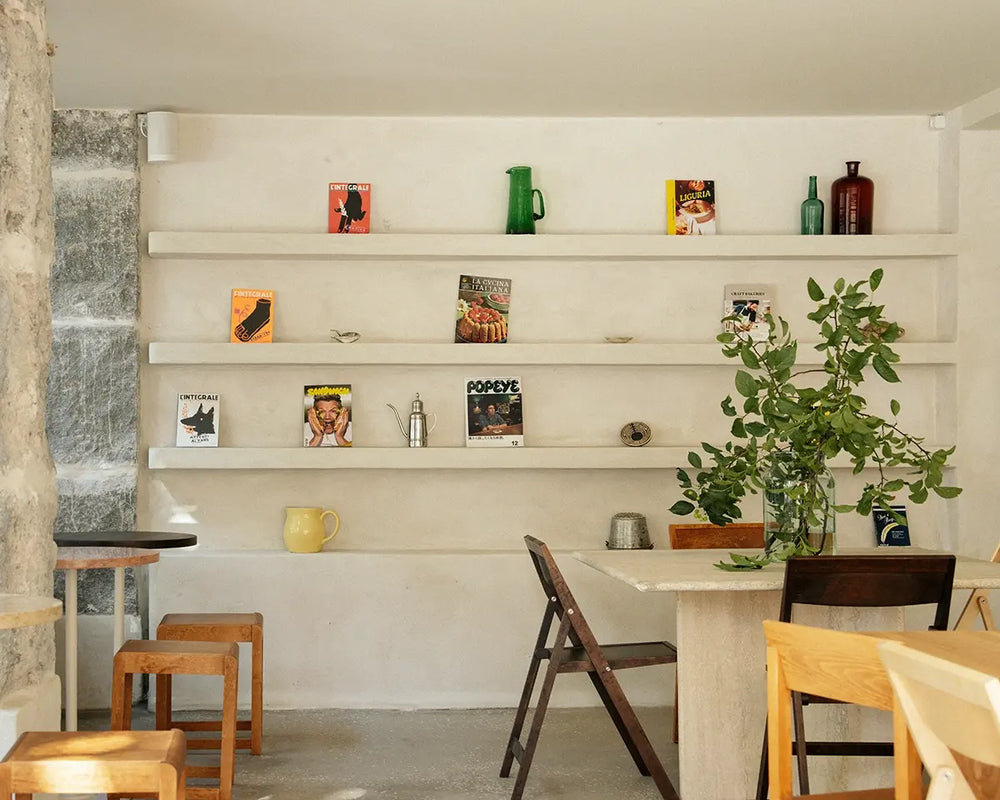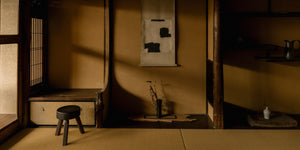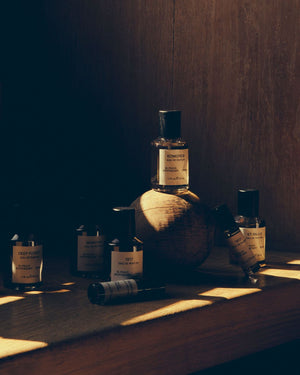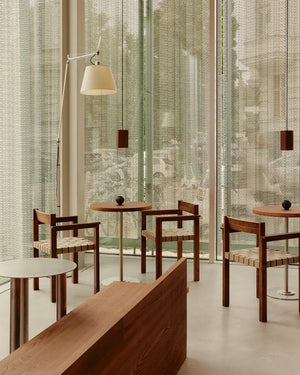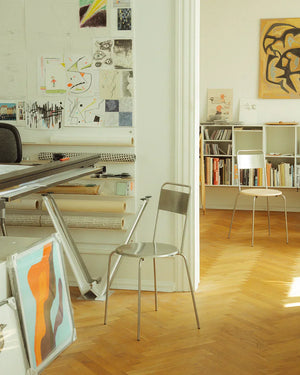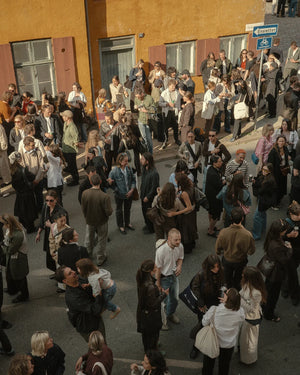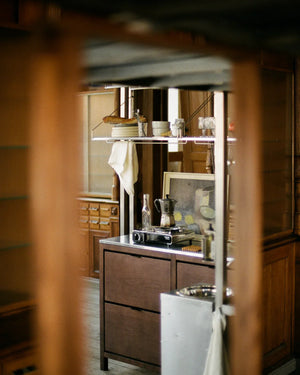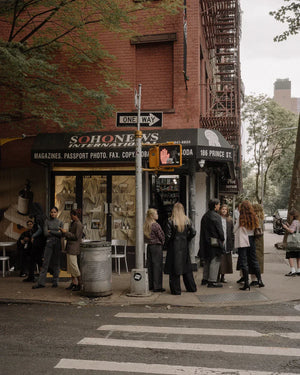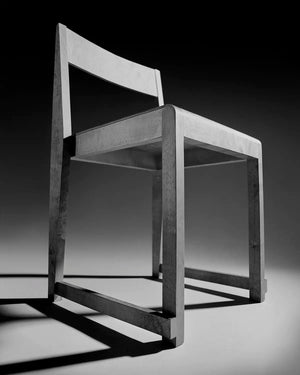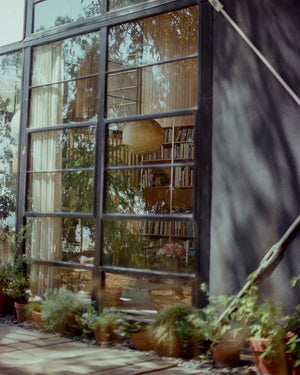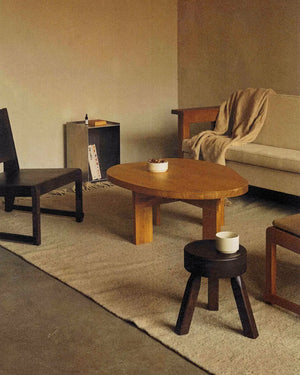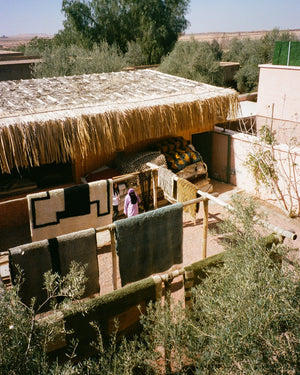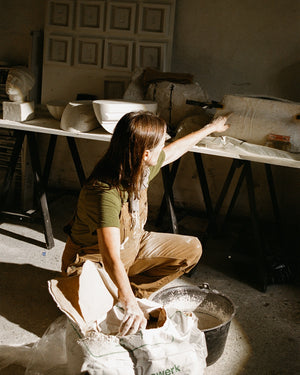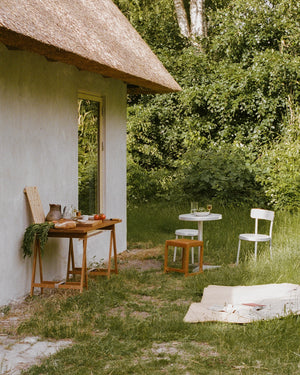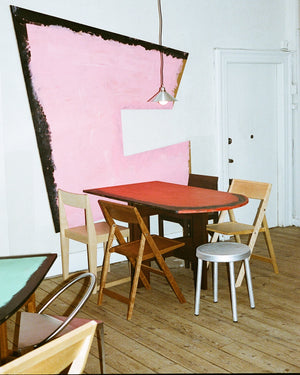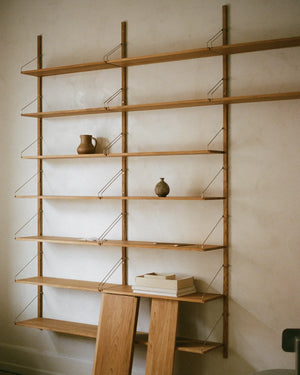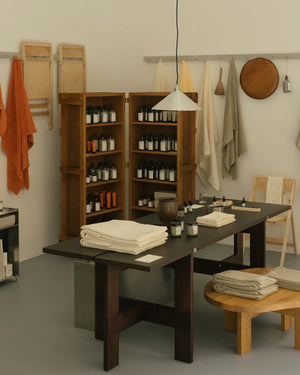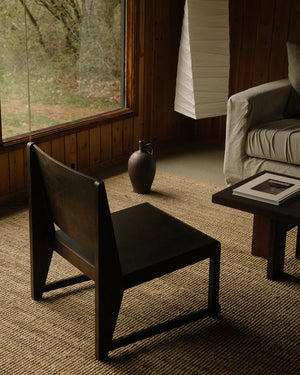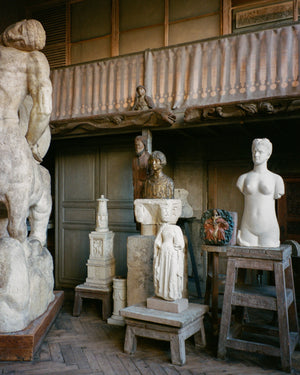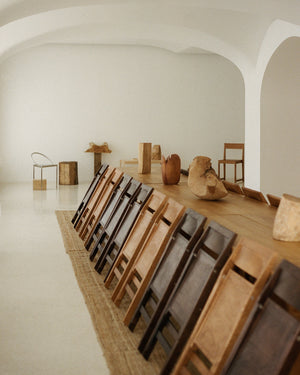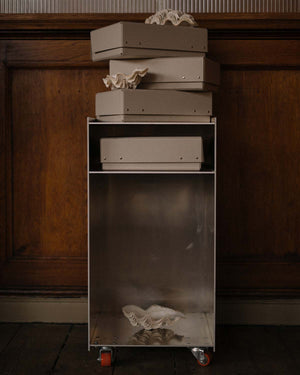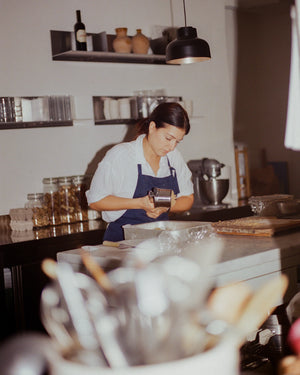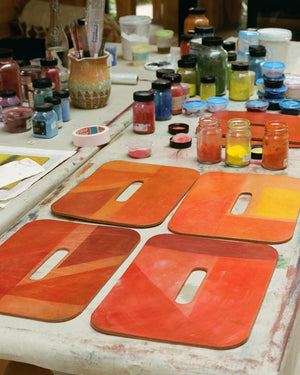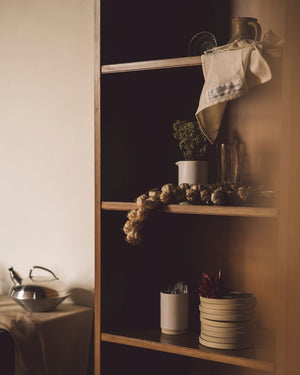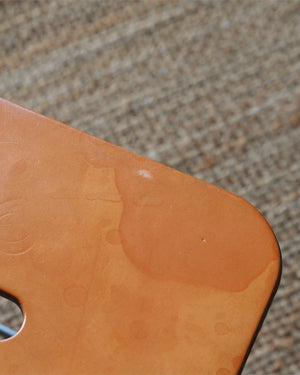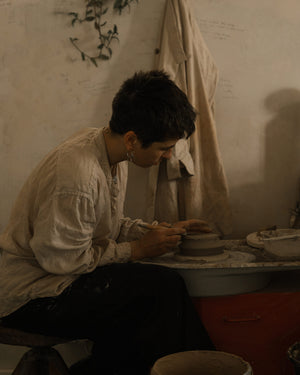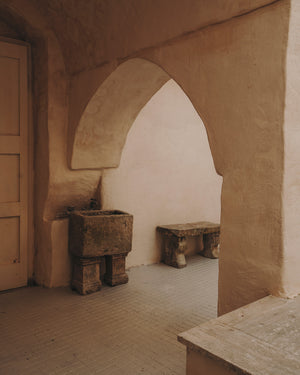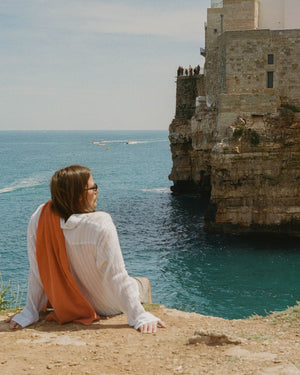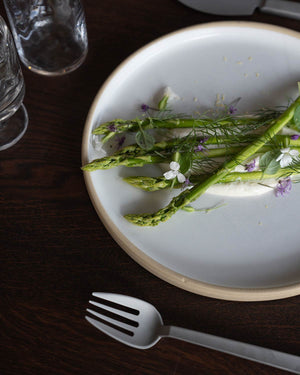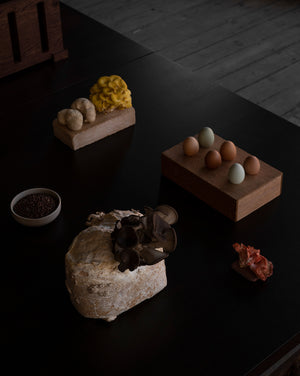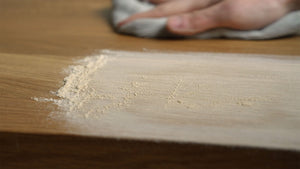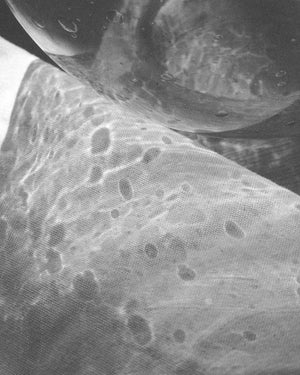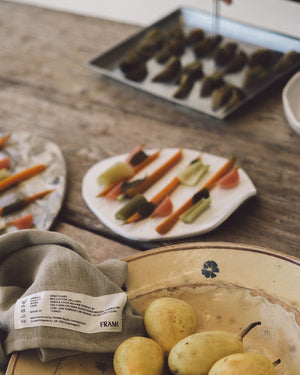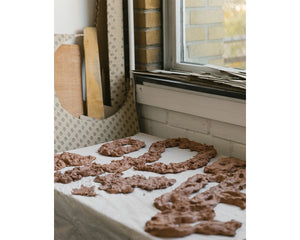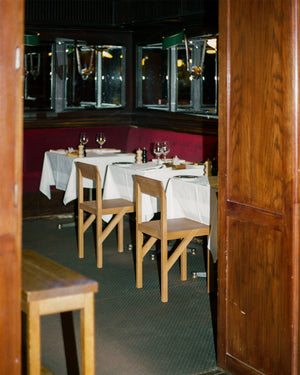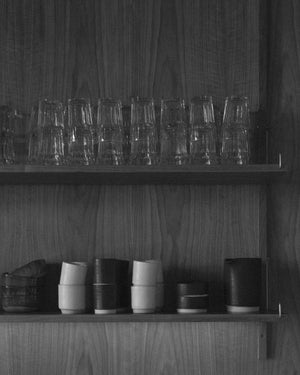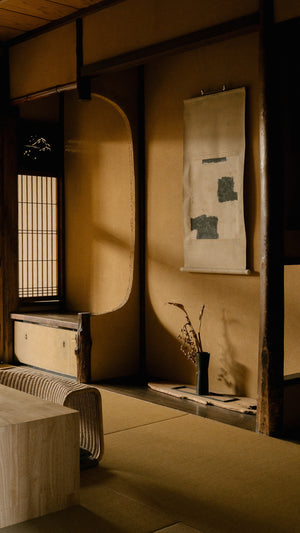
Maana Homes: A Return to Nature
Walking into a Maana Homes interior feels as though the volume on the world's stimuli is turned down to a manageable level. A welcome adjustment, as the material decisions made in each of the spaces designed by founders Irene Chang and Hana Tsukamoto deserve to be seen, felt, and heard above the din.
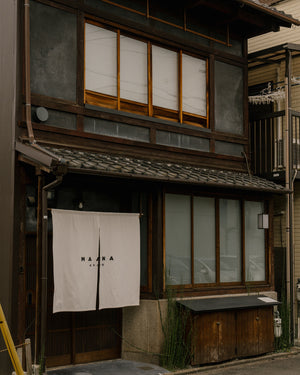
- Maana Homes Co-Founder, Hana Tsukamoto and Irene Chang.

This natural beauty—inspired by the landscape surrounding each home—shows itself in design details. Alongside select pieces from the FRAMA permanent collection, Maana Homes are furnished with handmade Japanese furniture, local foliage, and local ceramics from Oogaya, in Shigaraki—one of Japan's Six Ancient Kilns—including a free-standing bathtub specially commissioned for Maana Kiyomizu.
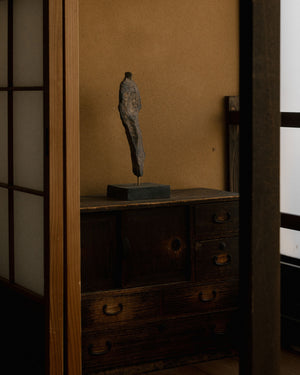
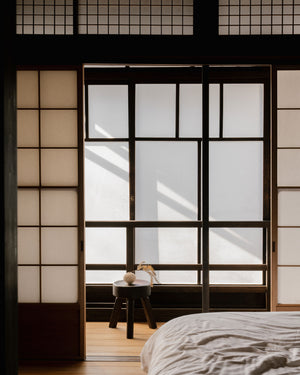
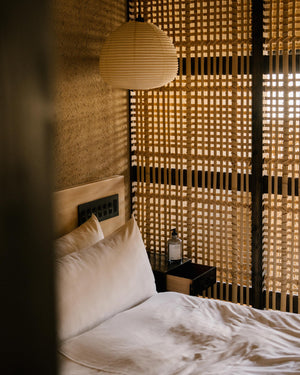
Other local techniques on view throughout the homes include takekomai, a woven bamboo that is typically a construction material between walls, used as a decorative room divider; washi from local artist Hatano Wataru, who makes the material from scratch; and ceilings that display a raw finish which might be covered up elsewhere.
Chang and Tsukamoto operate Maana Kyoto, Maana Kamo and Maana Kiyomizu, all located in the city of Kyoto. Each of these three current locations bridges the experience of staying in someone’s home and in a hotel—which is exactly the new approach to hospitality the two have set out to create, by redefining what luxury means in hospitality today.
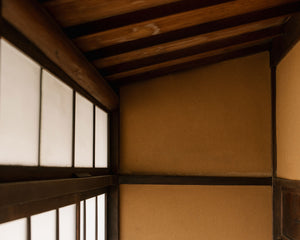
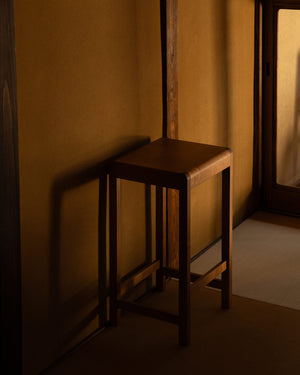
- Maana Homes Co-Founder, Hana Tsukamoto and Irene Chang.
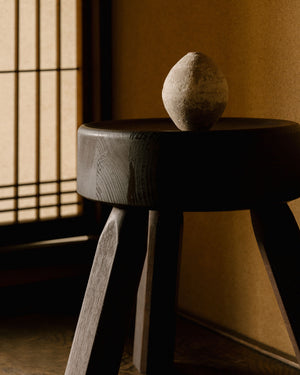
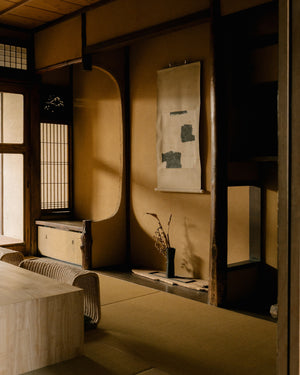
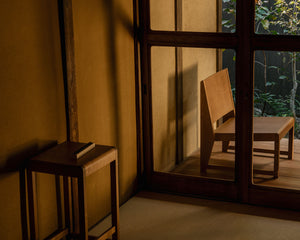
Each of the three homes allows nature and domesticity to cohabitate. “For example, sunlight will seep through the leaves of our Japanese gardens at certain times of the day, creating a shadow dance on the tatami floors or tsuchikabe (clay walls). We also incorporate flowers and foliage in unexpected corners to invite the seasons into the homes.”
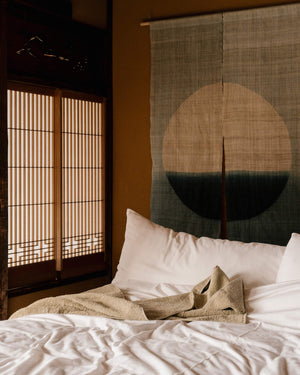
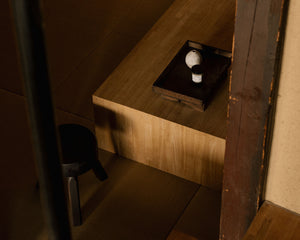
This coexistence with the natural world extends to a commitment to environmental stewardship and sustainable design choices: each home is a renovation of an existing machiya—a traditional townhouse that is typical of Kyoto—to reduce the need for new construction, and uses local and heritage building methods as they are adapted. Even the presence of the color yellow throughout the interiors is a reference to the earthen walls that are traditional to the region.
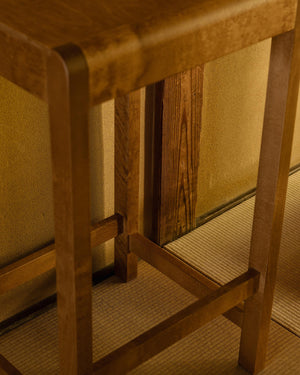
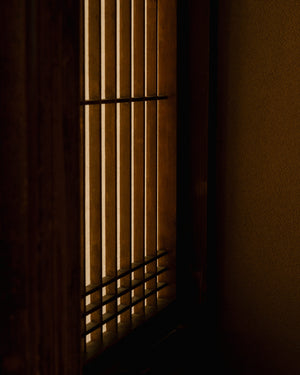
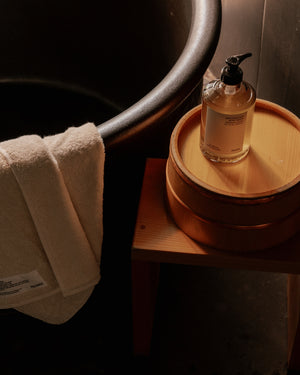
“Our intention in renovating Kyoto's machiyas is to inspire preservation over demolition by showcasing the beauty of these traditional structures.”
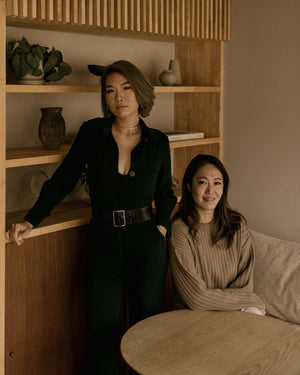
Each of these stories weave together to create a narrative for any visitor to take in—and to take home with them when they, reluctantly, leave. With Maana Homes, Chang and Tsukamoto have created a way of living that can be adopted in even the smallest routines day to day.
